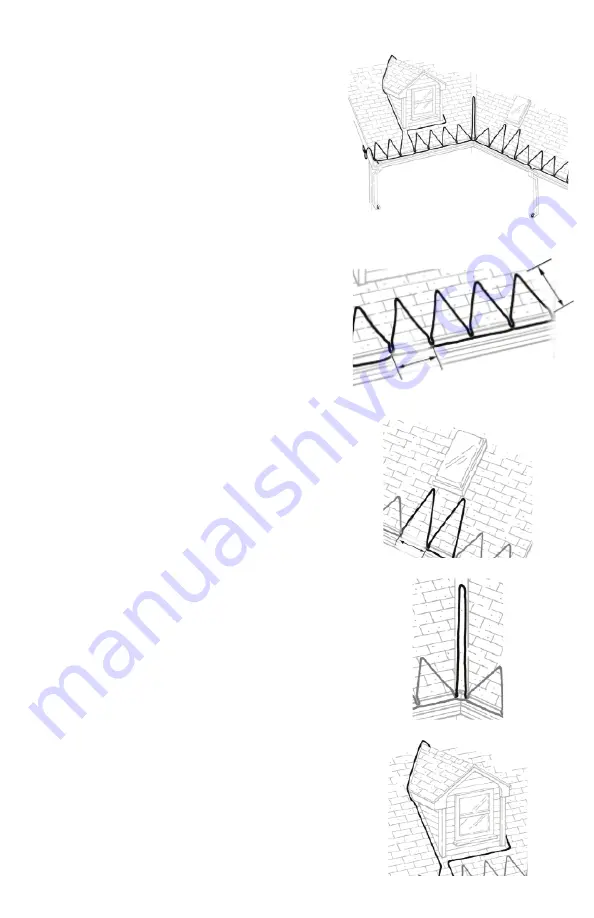
FIGURE 3: Triangle pattern near sky light
7
INSTALLATION INSTRUCTIONS FOR THE ROOF & GUTTER DE-ICING CABLE
TIP
: If you will be working directly on the roof during the
installation, you may want to mark the cable pattern with
chalk before attaching the cable. If working from a ladder,
you will probably want to lay out the pattern as you attach
the cable with the clips.
Making a drawing of your roof and
your planned pattern on paper is recommended.
Triangle Base
(15 inches)
Triangle Height
Pattern for the sky lights:
Problem sky light areas are also
treated with the “triangle pattern” approach. However, the
height of the triangles may need to be greater than those
along the roof line. Increase the triangle height so that it
extends to one shingle row (5½ inches) below the sky light.
The triangle base is maintained at 15 inches (see Figure 3).
FIGURE 2: Triangle pattern along the roof line.
FIGURE 1: Typical pattern along roof line and in gutters/downspouts.
Pattern for the roof line:
The cable laid along the roof line
is arranged in a triangular pattern (see Figure 2). The cable
MUST extend above the overhang into the heated section of
the roof. To determine the height of the triangles, measure
the depth of the overhang. The triangle heights are measured
by the number of shingle rows from the roof edge (based
on the standard 5½ inch tab shingles). The triangles should
extend at least one shingle row (5½ inches) into the warm
roof area.
Pattern for valleys:
If a valley exists in a problem area of your
roof, you must route cable up and back down the valley a
minimum of 3 feet, as shown in Figure 4. Extend the cable
higher if the warm area of your roof is higher.
Pattern for dormers:
To treat a problem dormer area, the
cable should be arranged up and around the dormer as shown
in Figure 5.
FIGURE 5: Cable pattern around a dormer
FIGURE 4: Cable pattern in a valley





























